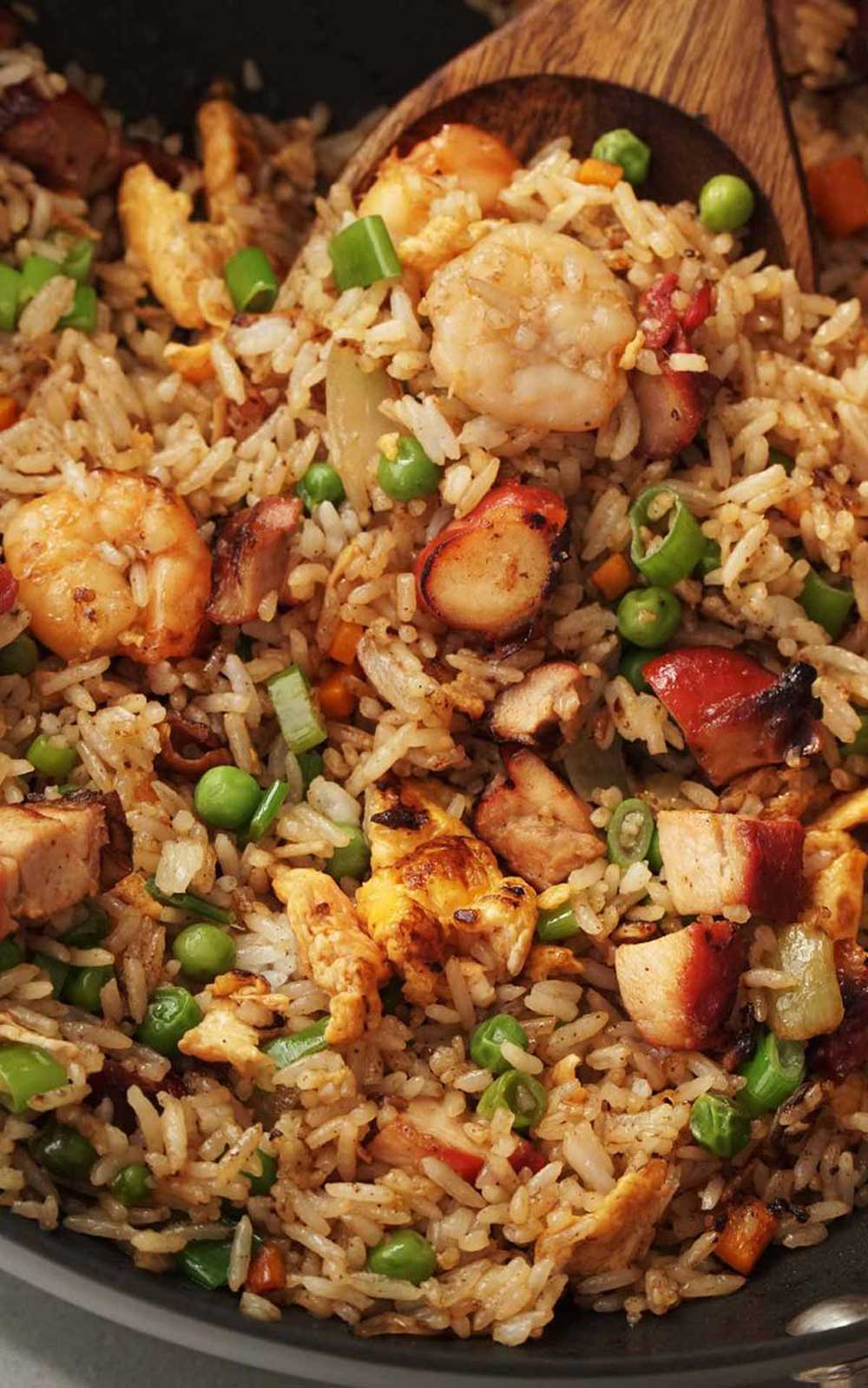For many in India, zero-waste cooking isn’t a modern innovation; it’s a way of life passed down through generations. From reusing food scraps to creatively upcycling leftovers, Indian households have long practiced sustainable cooking techniques, making waste-free kitchens the norm rather than the exception. Zero-waste cooking is about making conscious choices every day. Whether you’re turning vegetable peels into crispy snacks or brewing tea from fruit skins, every small step adds up to a greener, more sustainable future. We spoke with women who have kept these traditions alive, turning ordinary meals into extraordinary examples of eco-conscious living.

Meera, a homemaker from Gujarat, shares how her family uses watermelon rinds to prepare refreshing pickles and chutneys. "Nothing goes to waste in our home," Meera explains. "The watermelon rind is peeled, diced, and cooked with spices like mustard seeds and curry leaves to make a tangy chutney. My children love it, and it’s a great way to make use of something that’s often thrown away."
Radha, a mother of two from Tamil Nadu, has mastered the art of cooking with banana stems, a practice she learned from her grandmother. "When I was young, my grandmother would prepare banana stem poriyal, a stir-fry with coconut and spices," Radha recalls. "Now, I do the same for my family. It’s rich in fiber, and it feels good to use every part of the plant. Even the peels don’t go to waste—they’re added to our compost bin."

Ujaini from Kolkata explains how Bengalis use almost every part of a fish, leaving nothing to waste. “The main dish is fish curry or fried fish using the fillets. Then we use the head and tail for macher matha diye dal (fish head lentil curry) or macher matha diye pui shaak (fish head with Malabar spinach). Even the bones are fried and mashed with mustard oil, chilies, and salt to make macher kata bharta,” she says.

Anjali, a software engineer from Delhi, combines modern convenience with traditional zero-waste principles. "I save vegetable peels and scraps in the freezer," she says. "When I have enough, I boil them to make a nutrient-rich vegetable stock for soups and curries. It’s simple, cost-effective, and reduces waste significantly."
These stories highlight how Indian kitchens inherently embody the principles of zero-waste cooking, blending sustainability with deliciousness and cultural traditions.
Recipes to Inspire Your Zero-Waste Journey
Want to start your own zero-waste journey? Here are some creative ways to use often-overlooked ingredients:
Roots and Shoots Delight

Ingredients: Carrot tops, radish leaves, and any other edible greens.
Method:
1. Sauté the greens with garlic, chili, and a pinch of salt for a nutrient-packed side dish.
2. Add a splash of lemon juice for zest and serve it with rice or flatbread.
Overripe Fruit Magic

Ingredients: Bananas, mangoes, or apples that are too soft to eat fresh.
Method:
1. Blend overripe fruits into smoothies, or bake them into muffins and pancakes.
2. Turn them into a compote for topping yogurt or toast.
Day-Old Carb Revival

Ingredients: Leftover rice, chapatis, or bread.
Method:
1. Stir-fry day-old rice with vegetables and spices for a quick fried rice.
2. Turn stale bread into breadcrumbs for cutlets or soak chapatis in spiced yogurt to make a refreshing dish.
Why Zero-Waste Cooking Matters

According to Chef Gitika Saikia, zero-waste cooking is not just good for the planet but also for your wallet. “Food waste contributes to greenhouse gas emissions, but when we utilize every part of an ingredient, we’re not just reducing waste; we’re respecting the food and the effort that went into growing it,” she says. Priya emphasizes that small habits, like composting peels or storing food correctly, can make a big difference in reducing kitchen waste.
Tips for a Zero-Waste Kitchen
1. Plan Your Meals: Avoid overbuying and use up what you have.
2. Store Food Smartly: Use airtight containers to keep ingredients fresh.
3. Compost Scraps: Turn non-edible scraps into compost for your garden.
4. Upcycle Food Waste: Get creative with peels, stems, and leftovers.
5. Invest in Reusables: Ditch single-use plastics for glass jars, cloth napkins, and silicone lids.